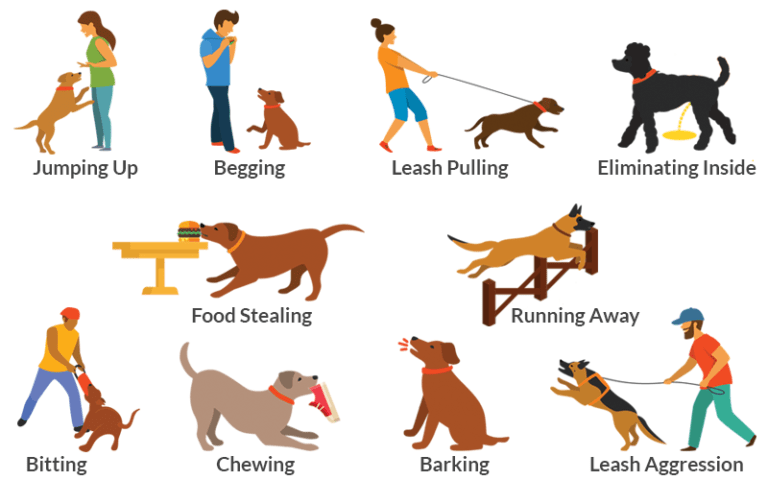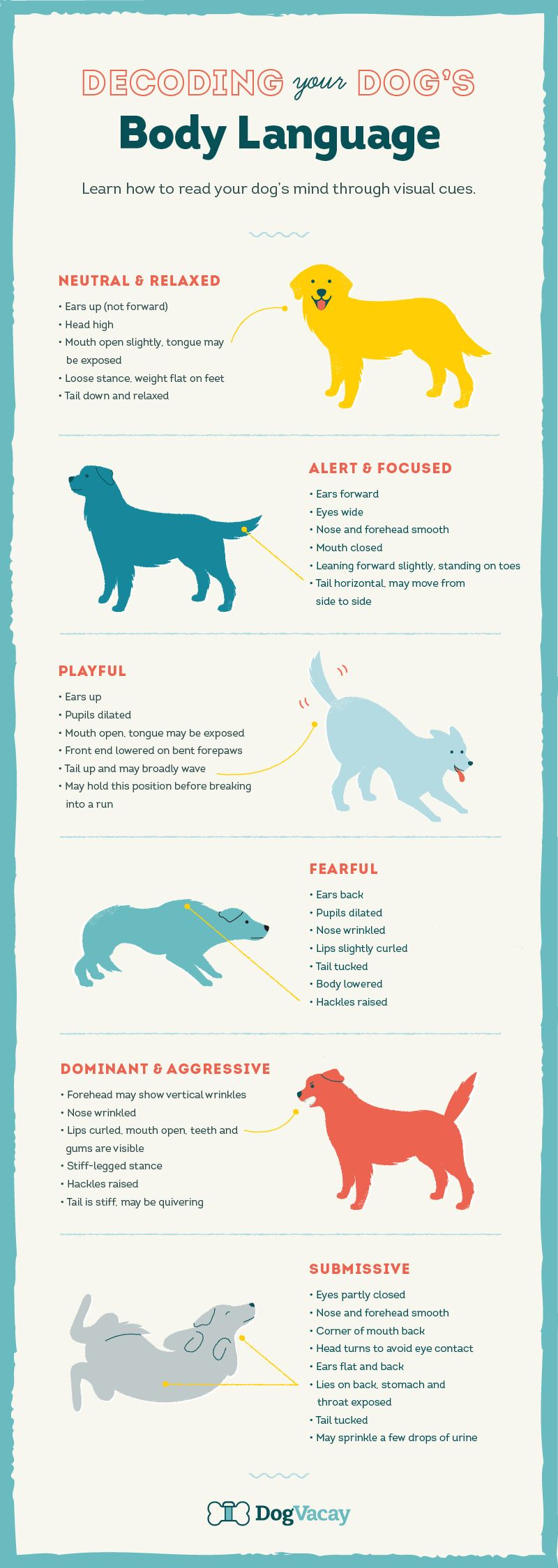
It can be unusual for a canine to suddenly become aggressive and attack the owner or other people. It can be a frightening experience when a docile and friendly dog becomes hostile. In extreme cases, the dog may bite or even maul your family member and other pets.
It is important to understand how to curb the aggression of the dog and try to minimize the harm that it can cause to itself.
According to a recent study, aggression has become the most common and serious behavioral issue among dogs. It’s also the number-one reason why pet parents seek professional help from behaviorists, trainers, and veterinarians.
What causes aggressive Dog Behavior?
Every animal has a wild instinct that makes them aggressive. Among dogs, aggression encompasses a range of behaviors that may give signs of extreme aggression. Dogs that show aggression may exhibit some of the following sequences:
- Becoming still and rigid
- Guttural bark that may sound threatening
- Lunging forward or charging at others
- “Muzzle punch” (the dog literally punches the person with her nose)
- Growl or showing teeth
- Snarl (a combination of growling and showing teeth)
- Snap or quick nip that leaves no mark
- A quick bite that tears the skin
- Bite with enough pressure to cause a bruise
- Repeated bites in rapid succession
- Bite and shake
Although a dog may or may not show any of these signs, it is essential to check with your veterinarian to ensure that your companion isn’t suffering from aggression-inducing issues.
Some of the major causes for the sudden aggressive outbreak are as follows;
i. Illness and Injury
Illness or injury can cause dogs to become aggressive. The onset of diseases or illness can cause a dog to show signs of aggression such as growling, snapping, and biting.
The medical condition may cause pain to dogs that are too often stressful. It may make them react to things. Some possible causes of pain include arthritis, bone fractures, internal injuries, various tumors, and lacerations. Injury to the head may also cause a sudden outbreak of aggression among pets.
The best possible way to deal with it is to take your dog to the nearest vet for the assessment.
ii. Fear
Most fearful dog become defensive or aggressive in most cases. It’s natural for dogs to exhibit aggressive behavior if they sense they're in danger.
When animals are afraid of something, they prefer to run away which is called the flight response. But if escaping isn’t an option, most animals will switch to a fight response.
Fear aggression is characterized by rapid nips or bites because a fearful dog is motivated to bite and then run away. Male and female dogs are equally prone to fear aggression.
To prevent this type of aggressive behavior, you should approach unknown dogs carefully, better yet, let them approach you. Training and socializing help to curb fear in the future.
iii. Possessiveness
Possession aggression occurs when a dog becomes possessive about food, a toy, a bed, or any other forms of possession. A dog exhibiting possession aggression will growl if someone approaches its possession.
Dogs evolved from wild predecessors who had to compete for food, shelter, and mates to survive. Even though they do not have to face such harsh situations, many still show the tendency to guard their possessions against others.
iv. Frustration
Aggression induced by frustration is often referred to as redirected aggression or barrier frustration. Over time, a dog can learn to associate restraint with feelings of frustration. This may explain why some dogs become aggressive when put behind a gate or inside a cage.
A dog may often feel frustrated at not being able to get to something. This type of aggression is often seen in dogs that spend a lot of time tied up, restrained on a leash, or behind a chain-link fence.
As a pet owner, it is important to take your dog off the leash and allow it to roam under supervision. Socializing with other pets or park-play time can help a lot.
v. Territorial Aggression
Inhibiting territorial aggression from their wild relatives such as wolf, a dog can show tendencies of defending the territory from other animals or humans. Dogs sometimes show aggression to establish dominance. Territorial possession can induce dominance among pets.
Territorial aggression can occur along the boundary regularly patrolled by a dog. Other dogs show territorial aggression only toward people or other animals coming into the home.
Can an aggressive dog be cured?
Aggressive behavior in dogs can be cured. It will be impossible to say it can be permanently be cured but the behavioral modification can help to prevent any future hostile behavior.
See Your Veterinarian
The first things you can do is call up your veterinarian. Dogs that show sudden aggressive behavior might have an underlying medical problem that can be assessed by veterinarians. Hypothyroidism, painful injuries, and neurological problems such as encephalitis, epilepsy, and brain tumors can cause aggressive behavior in dogs. The treatment or medication differs from one dog to another.
Call in a Professional
If your dog doesn’t have any medical problem, it's time to call in a professional dog trainer or animal behaviorist. Many dogs may have behavioral problems that can be curbed by proper training, guidance, or therapy offered by an animal behaviorist.
Behavior modification is the safest and most effective way to treat an aggression problem. Rewarding your dog for good behavior through praise, treats, and toys can help a lot.
Avoid Punishment
Many pet owners resort to Punishments for aggressive behavior in dogs. Physical or mental harm can usually backfire and can escalate the aggression. Hitting, yelling or using some other aversive method should be strictly avoided.
Consider Medication
In some cases when the behavioral modification isn’t enough, dogs that are aggressive will require medical attention. You should consult with your vet regarding administering medicine for your pets to relieve them from fear, stress, or anxiety. Fear in many dogs prevents them from learning.
Counterconditioning
Counterconditioning involves using proactive relaxation techniques that the dog will be in without the presence of offending stimuli. Classical counterconditioning involves pairing experience with something positive so that there is an almost reflexive association between the events.
You can help curb the aggressive behavior in your dogs by taking them to the best doggy daycare in Des Moines.

How do you calm an aggressive dog?
You can follow the basic steps provided by your vet or animal trainer to calm down an aggressive dog.
a. Be calm
Keep yourself calm before shouting at your dog! The first instinct is always to shout with your pet, but that can be a terrible idea. Loud scolding can cause your dog to become more defensive which may result in an attack.
You can reduce tension and stay safe by removing social pressure. Pause, slightly turn your head, lower your gaze, and relax your body while remaining still. It’s always better to move away from the dog when off-leash.
b. Practice prevention
It is important to understand what ticked off your dog. Is it because they were fearful of something or someone or did someone tries to meddle with your dog during playtime or while eating?
An animal behaviorist can help you identify what caused your dog to become aggressive, however, it may take them to show up. In the meantime, you must be prepared to calm your dog. Practice management to prevent putting yourself and your dog in a scary situation again.
c. Understand body language
You will get the physical cues when your dog is close to becoming defensive such as hard stare, mouth tightening, pulsating tail (not wagging), and tense body posturing. If your dog positions itself.
Your dog is communicating that it’s uncomfortable. If you try to take away it toy or food or call it out, you’re asking for trouble.
d. Never punish aggressive behavior
As suggested by the experts, you should never scream at your dog, yell, or stick your face in your dog’s face while he’s growling, snarling, or snapping. Adding force and anger to an agitated, uncomfortable, and volatile situation can cause serious injury to both you and your dog.
Can you rehome an aggressive dog?
It can be a bad idea to rehome your dog with a behavioral issue. Rehoming an aggressive dog may sound like an easy option, however, if you are struggling with your dog it is very likely the new owner will too. Re-homing is a very stressful event for most dogs, and this most likely will result in amplified levels of fear and aggression.
Obviously, you can consult a veterinarian or an animal behaviorist before considering to rehome an aggressive dog.
Get the best insight on how to control an aggressive pet from pet medical service in Des Moines. Urban Pet Hospital & Resort is a premier doggy daycare in Des Moines specializing in training, grooming, and curbing behavioral issues.